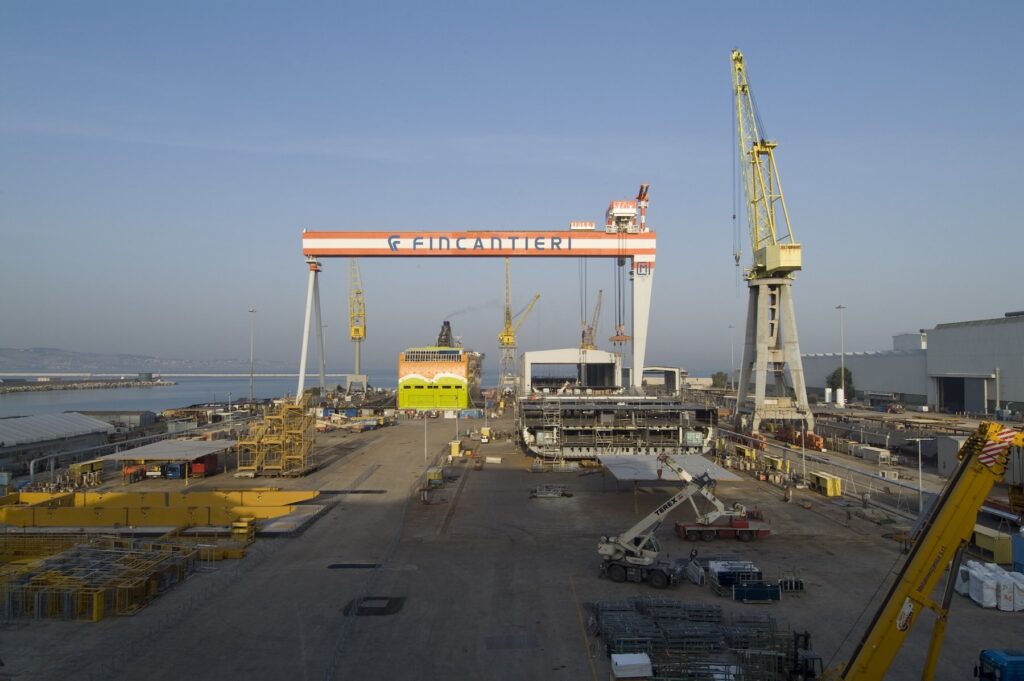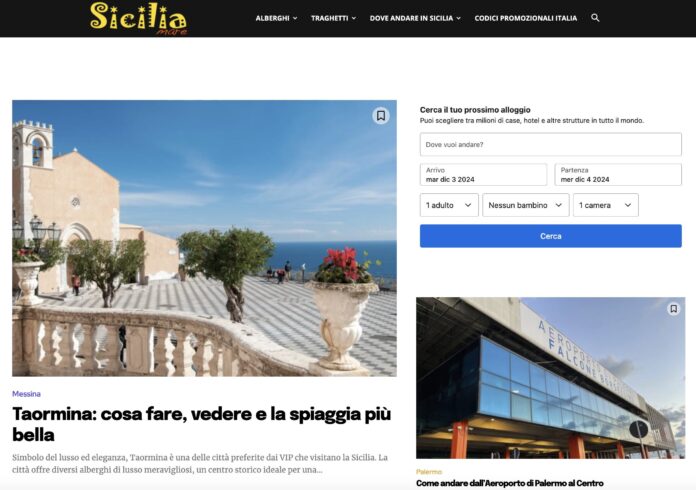Italy is officially sailing into the future. In a groundbreaking move, Fincantieri—one of the world’s largest shipbuilding groups—and luxury cruise operator Viking announced the construction of Viking Libra, the first-ever cruise ship powered by hydrogen stored on board. Slated for delivery in late 2026, the ship marks a bold leap in clean energy innovation and positions Italy as a global leader in maritime decarbonization.
Table of Contents
Clean propulsion meets high-tech engineering
Currently under construction at the Fincantieri shipyard in Ancona, Viking Libra will stretch 239 meters long, carry 998 guests across 499 staterooms, and most notably, operate on zero-emission hydrogen fuel.

The ship will use an advanced propulsion system powered by hydrogen, alongside next-generation PEM (Proton Exchange Membrane) fuel cells developed by Isotta Fraschini Motori, a Fincantieri subsidiary specialized in clean energy systems. These technologies allow the ship to generate up to six megawatts of power while drastically reducing its environmental footprint—a game-changing step in the quest for net-zero cruise travel.
Italian engineering at the forefront of energy transition
More than a one-off innovation, Viking Libra represents a systemic shift in how the maritime industry tackles sustainability. With this vessel, Fincantieri showcases Italy’s ability to seamlessly integrate disruptive technologies into complex industrial frameworks, reinforcing the country’s role as a driving force in Europe’s clean tech transformation.

“This milestone marks a key moment in our journey toward net-zero,” stated Pierroberto Folgiero, CEO of Fincantieri. “It proves that shipbuilding can serve as a catalyst for industry-wide change, shaping a scalable model for hydrogen adoption at sea.”
Scalable innovation with long-term vision
Following Viking Libra, Viking’s second hydrogen-powered ship—Viking Astrea—is already under construction, with delivery expected in 2027. The companies also signed a new agreement for two additional cruise ships to be delivered by 2031, plus an option for two more units.
Each ship will carry the same forward-thinking design philosophy: compact, efficient, safe, and compliant with the latest environmental and navigation standards. This commitment signals a clear shift from one-time sustainability experiments to a broader, scalable model for the cruise industry.
The future of clean maritime transport is already under construction—and it’s unmistakably Italian.





